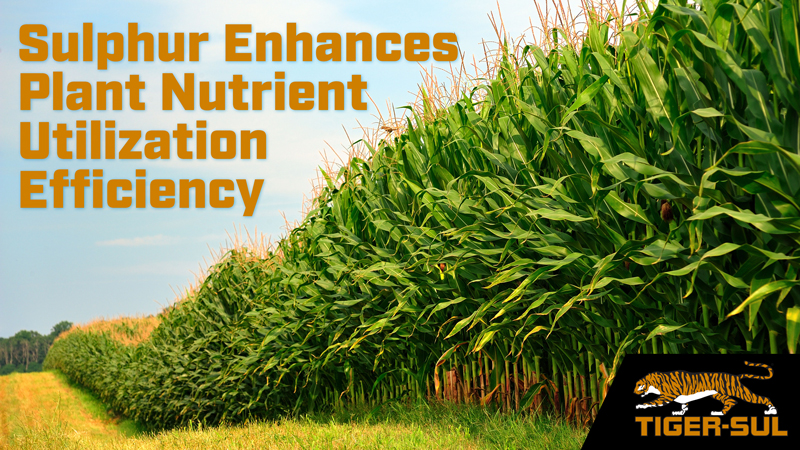The Pros & Cons of Consolidation
As agricultural retail dealers, we have witnessed the levels of consolidation — both upstream through the basic manufacturers and distributors as well as downstream at the farm gate — for a number of years. But the rapid consolidation at our retail dealer level has been tremendous over the last couple of years as well, and more can be expected.
Upstream for dealers, crop nutrients have undergone consolidation for nitrogen in the last several years, and phosphate more recently. Meanwhile, potash has experienced less consolidation in the last decade, but it entered with fewer players to begin with.
Upstream consolidation has also occurred in crop protection basic manufacturers as well as with seed companies.
Finding The Positive
This consolidation has not necessarily been bad news for retailers, but it has been different, and has required all of us to adopt new strategies. Some distinct positives have come from the upstream consolidation. Today, the financial performances of these basic manufacturers are in record ranges. This is important to dealers who depend upon consistent supply, investments in research and development, and innovation. It is also important to dealers in that some level of long-term reliability has been established, which is positive for lasting relationships.
Downstream from retailers, we continue to see the consolidation of farming operations. More acres are being planted by fewer operators. This consolidation has imposed new conditions upon dealers as we work to discover methods of working with these mega-farmers. The information — both agronomic and market conditions — are essential requirements in today’s dealer toolbox when dealing with this customer segment. Additional demands come from their increased consumption capacity. Tractors, planters, and combines can cover so many more acres in a single day than ever before. Dealers must have the right product at the right time in order to meet these new demands.
This has some positive aspects in that the dealers who can meet the requirements for the larger farmers often find that they can also apply those same skills and tools across many other acres to improve the return on the investment.
Down On The Outlet
Another trend of consolidation is at the retail dealer level. As shown in the annual CropLife 100 listing, the big continue to get bigger. This year alone, we may well see the combination of the 2007 CropLife 100’s no. 1 and no. 2 (Agrium Retail U.S. and United Agri Products, respectively). Efficiency gains often are the driving force behind many of the dealer consolidations; better utilization of assets, purchasing, and distribution advantages are realized. This, too, can be advantageous to farmers who want some stability in their local dealer as well as some level of supply assurance.
There are positives for dealers as well as we focus our efforts in defining our value proposition and differentiation in the marketplace. The market tends to be more disciplined as regulatory and compliance issues are more closely adhered and a focus upon return on investment is installed.
Of course, no article would be complete without some mention of globalization, which too carries some forms of consolidation. The growing demand around the world for the products we as retailers require has also implied the importance of consolidation. The expanding length of the supply chain has changed many dealer purchasing habits. The luxury of picking up the phone and acquiring crop nutrients, crop protection products, or seed looks to be a thing of the past. Today, dealers must find and cultivate partnering opportunities both upstream and downstream in order to assure supply and manage risk throughout the length of the supply chain.
This, too, is a positive for dealers as we work to identify and eliminate inefficiencies and balance our risk/reward conditions.
Not all of these consolidation issues have been welcomed with open arms, but in the long term, they will make the system from manufacturer to consumer more cost-effective and sustainable.





